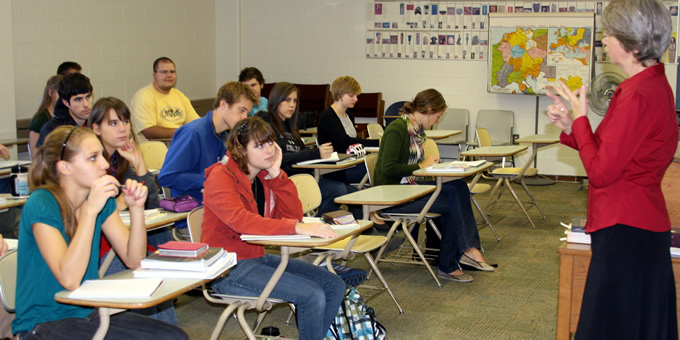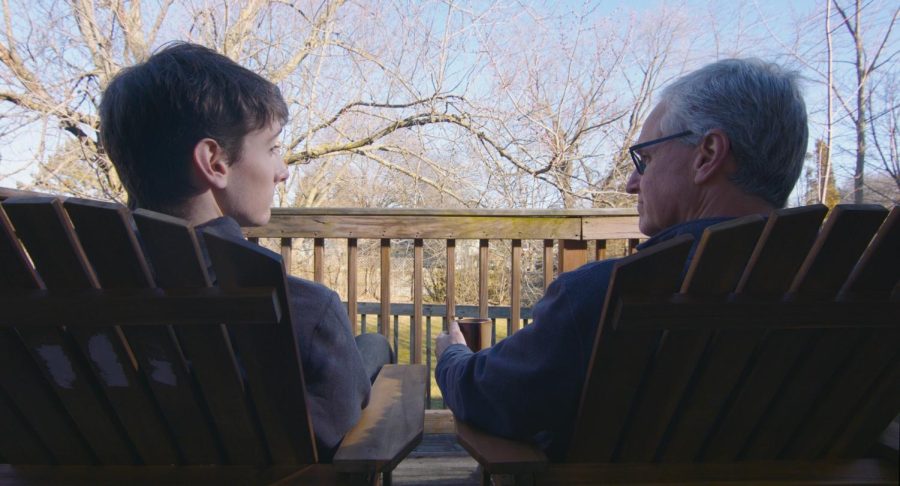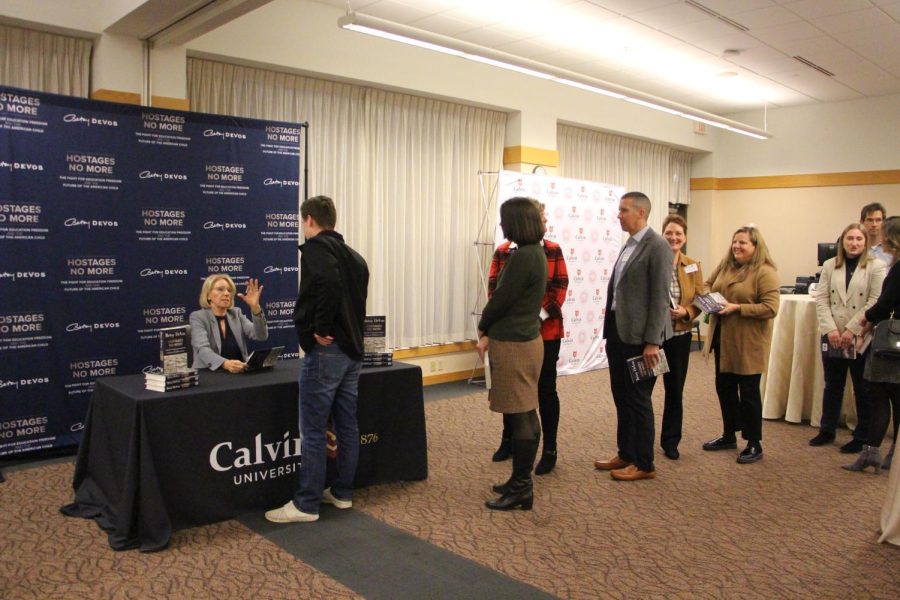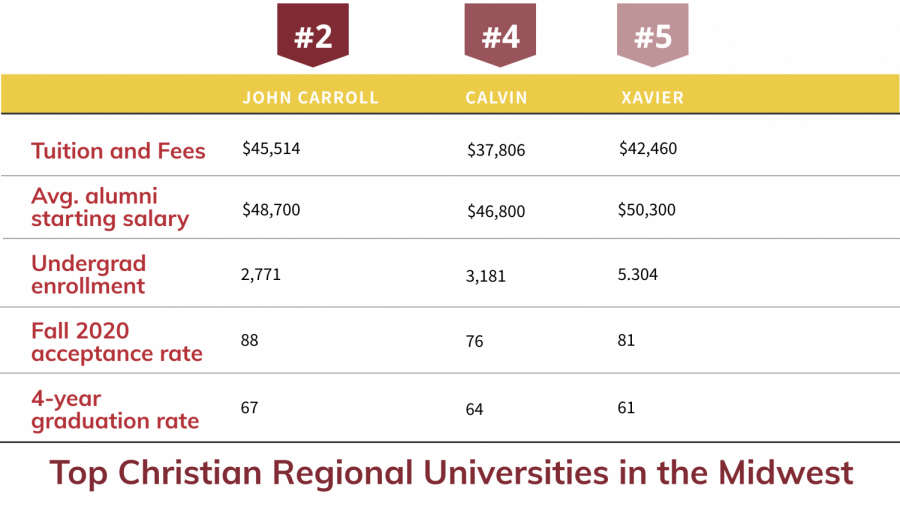Faculty senate added a second student representative to the core curriculum committee for a two-year trial period Monday night.
Calvin’s committee on governance had unanimously approved the proposal from student senate late last spring.
The approval of the second representative came without a vote from the core curriculum committee itself.
Student senate initiated the proposal to increase student representation in decisions about core.
“We were concerned about student representation on that committee given the nature of the discussion,” said David Kuenzi, student body president.
The proposal came directly from student senate and was brought to the provost and the committee on governance.
“I met with Provost Beversluis after having drafted a proposal,” Kuenzi said. This proposal then went to the committee on governance, where it was discussed and ultimately approved.
After some discussion, “a majority of the committee on governance thought the reasons in favor of adding a second student outweighed reasons against, so it was worth trying,” said physics professor Loren Haarsma, a member of the committee on governance at the time of the vote.
The discussion mainly centered around skepticism of the motives behind placing a second student representative on the committee.
One concern was that student senate was not considering the needs of the committee itself.
“I believe the primary reason [for the proposal] is that they felt it would be a good experience for the students. It was a way to help students and not so much the committee,” said English professor Karen Saupe, a member of the committee on governance at the time.
The committee on governance also raised questions about the practicality of adding another member to the committee.
“Adding more people to any committee sometimes drags out discussions and makes it take longer to reach consensus, without improving quality,” said Haarsma.
According to Haarsma, students tend to think short-term about fulfilling requirements and completing programs to prepare for jobs. Professors tend to think longer term about what students will need for the rest of their lives. Haarsma said the core committee is focusing on the long term.
Others argued that placing two student representatives on a committee is beneficial because they can work together to more accurately reflect the views of the student body as well as participate more effectively during the meetings.
“A single student on a committee might feel he or she needs to represent the views of all students, which is especially difficult when students don’t all agree; two or more students on a committee make it easier to represent a diversity of views,” said Haarsma.
Kuenzi agreed with this assessment.
“The role of the second representative is to supplement the input of the first. I would imagine that these two reps would collaborate to serve the needs of the student body as a whole,” said Kuenzi.
Student senate started the process last spring and wanted the approval to come as soon as possible.
According to Kuenzi, student senate consulted John Kloosterman who was a member of the committee last year but they did not go to the chair of the committee. This was because they sought an approval as quickly as possible.
“Committees are delicate and change is hard to come by,” said Kuenzi. “We very much believe in respecting the governance of the core curriculum committee, but often making real changes for improvement of student voice can get caught in red tape, we wanted to avoid that and be a senate that get things done.”
Bruce Berglund, chair of the core curriculum committee, said that he did not expect any problems with a second student representative.
“Within committees, members of governance over the committee seek to work toward consensus so I can’t imagine two students being part of a voting block against faculty,” Berglund said.








